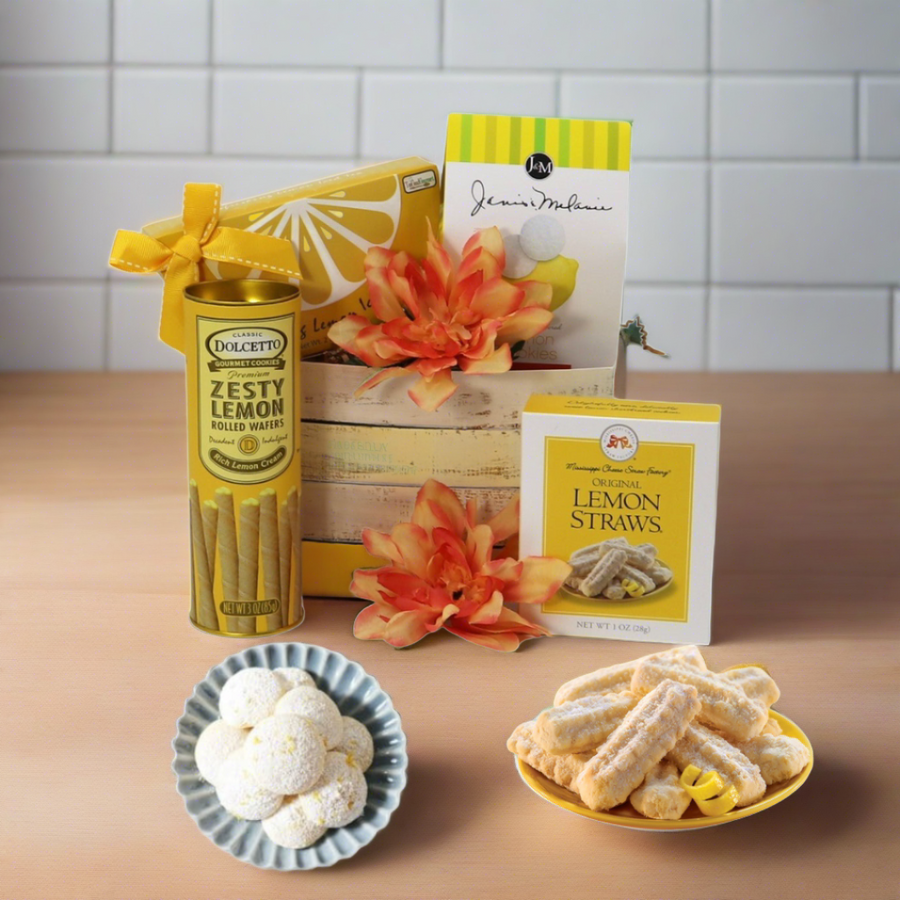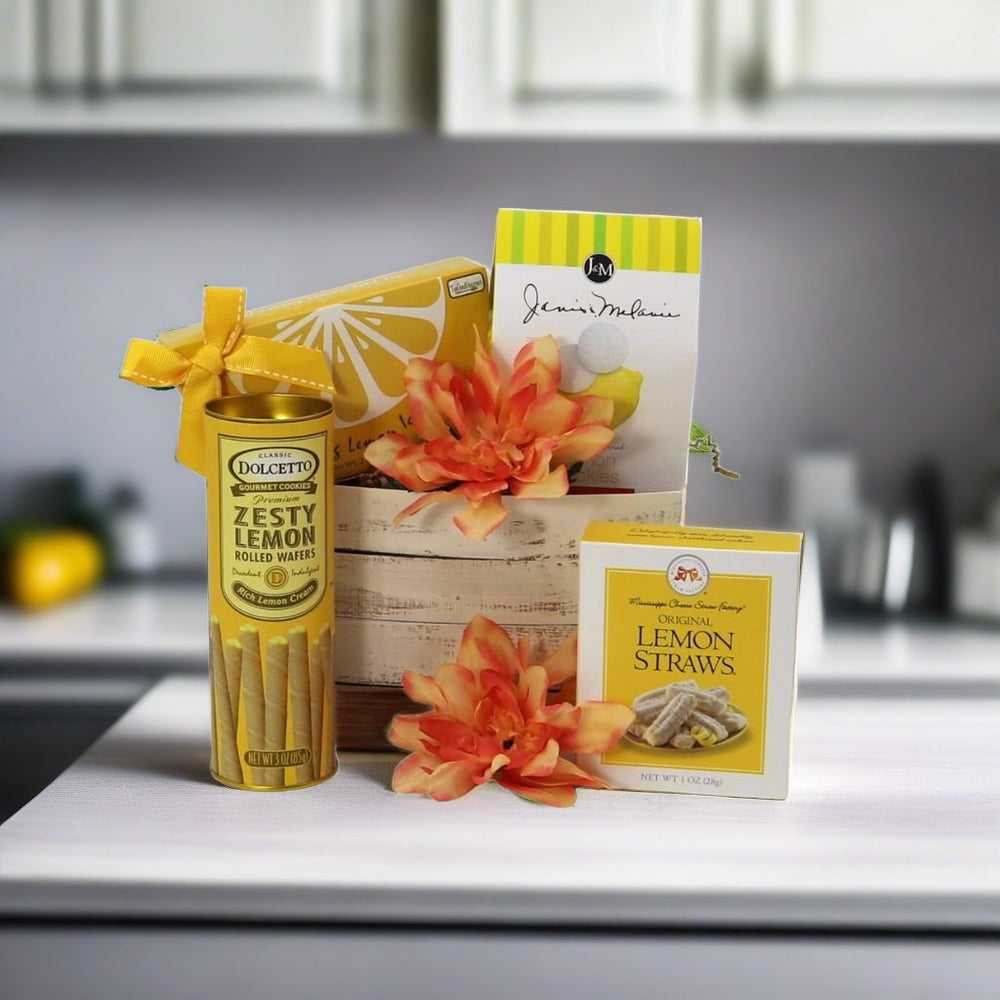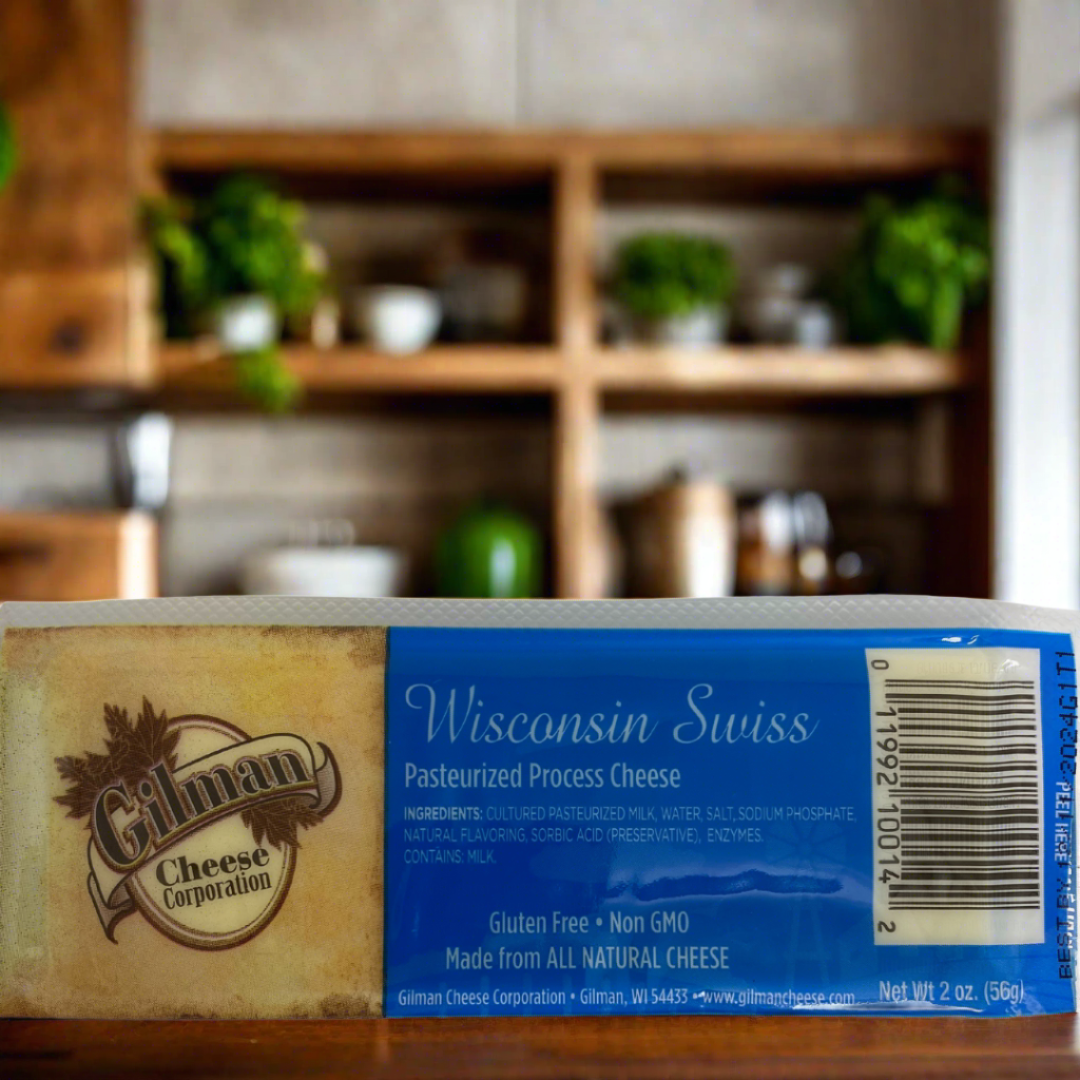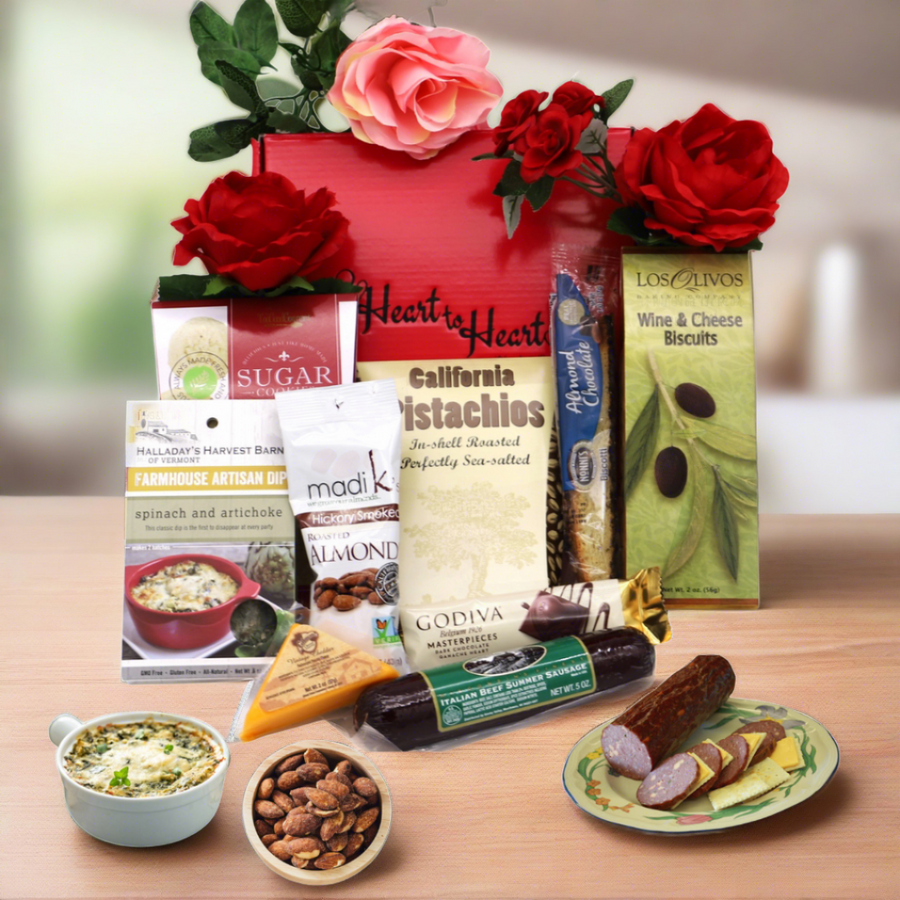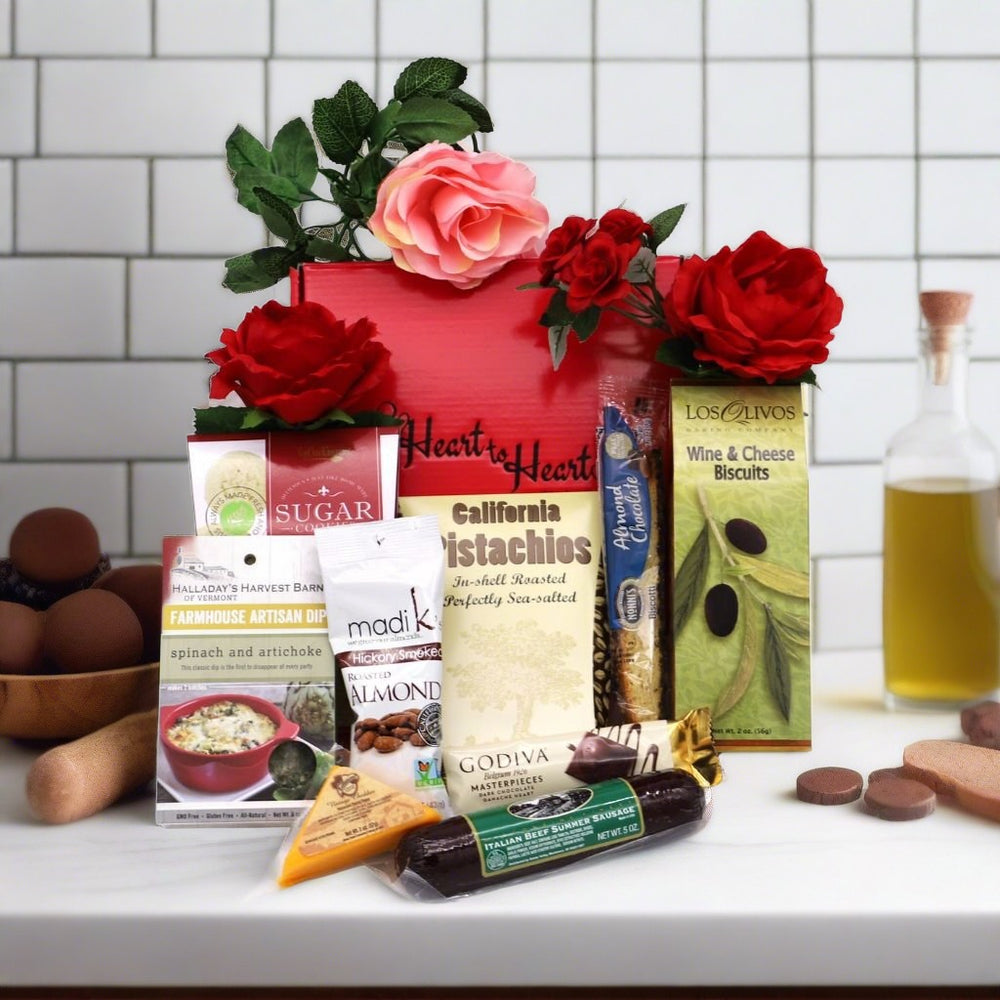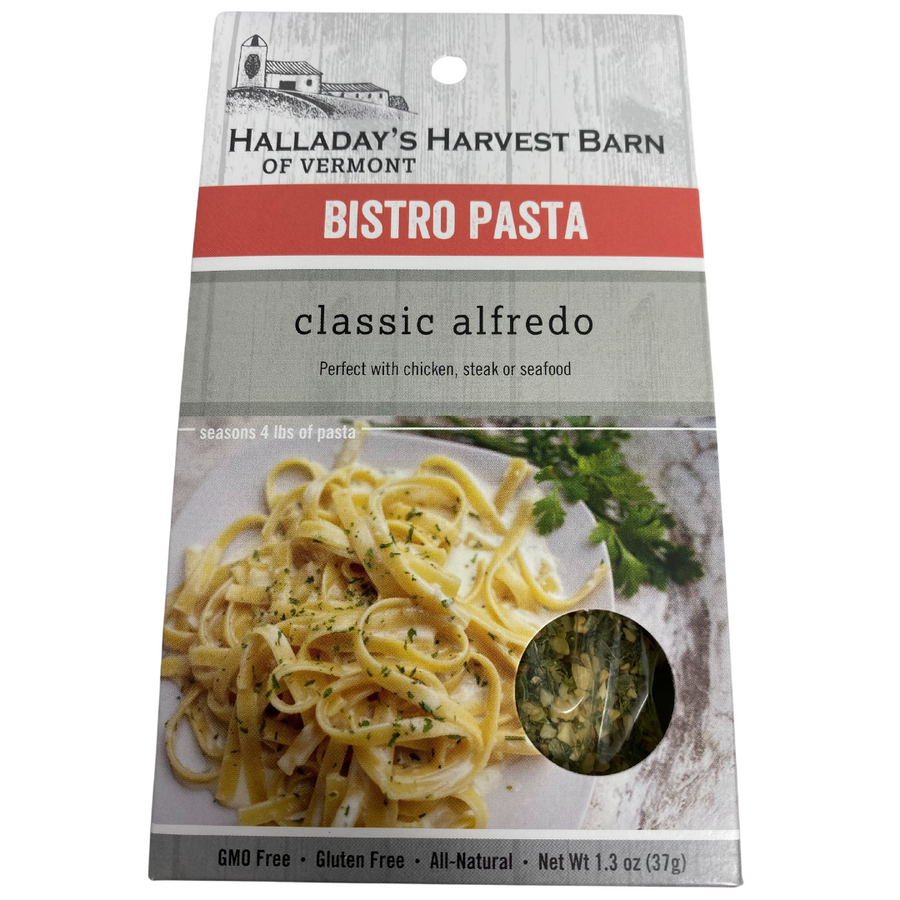From Farm to Jar: The Art of Making Authentic Jams and Jellies
Benefits of making your own
If you've never made your own before, you might be wondering what all the fuss is about. After all, isn't it easier just to pick up a jar at the grocery store? While it's true that buying pre-made jams and jellies is convenient, there are plenty of reasons to try your hand at making your own. For one, homemade jams and jellies are often much fresher than store-bought options. When you make your own, you have control over the ingredients you use, and you can ensure that your fruits are picked at the peak of their ripeness. This means that your jams and jellies will be bursting with flavor, and you'll be able to taste the difference.
Another benefit of making your own is that you can experiment with different flavor combinations. While store-bought tend to stick to the classics (think strawberry, raspberry, and grape), when you make your own, you can get creative with your ingredients. Maybe you want to try a spicy jalapeno jelly, or a sweet and tangy peach and ginger jam. The possibilities are endless, and making your own allows you to tailor your flavors to your tastes.

Finally, making your own jams and jellies can be a fun and rewarding experience. There's something special about transforming fresh fruits into a delicious spread that you can enjoy for months to come. Plus, if you have kids, getting them involved in the process can be a great way to teach them about where their food comes from and how it's made.
The basics of jam and jelly making - ingredients and equipment
Before you dive into making your own, it's important to understand the basics of the process. To make a jam or jelly, you'll need a few key ingredients and pieces of equipment. Here's what you'll need:
Ingredients
Fruit: The key ingredient in any jam or jelly is, of course, the fruit. You can use just about any fruit you like, as long as it's in season and at the peak of its ripeness. Some popular options include strawberries, raspberries, blackberries, blueberries, peaches, apricots, and plums.
Sugar: Sugar is what gives jams and jellies their sweetness and helps them to set. You'll need a lot of sugar - usually about as much sugar as fruit. Some recipes call for less sugar, but keep in mind that the more sugar you use, the better your jam or jelly will set.
Pectin: Pectin is a natural thickening agent that helps jams and jellies to set. Some fruits, like apples and citrus, contain high levels of natural pectin. For other fruits, you'll need to add pectin to achieve the right consistency.
Acid: Acid helps to balance the sweetness of the sugar and also helps to preserve the jam or jelly. You can use lemon juice, lime juice, or vinegar as your acid.
Equipment
Large pot: You'll need a large pot to cook your fruit, sugar, and pectin.
Jars: You'll need jars with tight-fitting lids to store your jams and jellies.
Canning equipment: If you plan to store your jams and jellies for an extended period of time, you'll need a few extra pieces of equipment, like a canning rack, a jar lifter, and a funnel.
The science behind jam and jelly making
Now that you have your ingredients and equipment, it's time to get started on the actual making process. While making jam and jelly might seem simple, there's actually quite a bit of science behind the process. Here's a quick rundown of what's happening:

Cooking the fruit
When you cook your fruit, sugar, and pectin together, you're essentially breaking down the fruit and releasing its natural juices. The sugar helps to draw out the juices, which then mix with the pectin to create a thick, spreadable consistency.
Testing for doneness
One of the trickiest parts of making jam and jelly is knowing when it's done. Overcooking can result in a tough, rubbery texture, while undercooking can result in a runny consistency. To test for doneness, you can use a few different methods:
1. The plate test: Place a small amount of jam or jelly on a chilled plate and let it cool for a few minutes. If it wrinkles when you push it with your finger, it's done.
2. The temperature test: Use a candy thermometer to monitor the temperature of your mixture. Jam and jelly should reach a temperature of around 220°F before it's done.
3. The sheeting test: Dip a spoon into your mixture and hold it up so that the mixture drips back into the pot. When the mixture forms a "sheet" instead of dripping in individual drops, it's done.
Setting the jam or jelly
Once your jam or jelly is done cooking, it's time to set it. This involves pouring the mixture into jars and letting it cool and set at room temperature. If you're canning your jams and jellies, you'll need to process them in a hot water bath to ensure that they're properly sealed.
The art of flavor combinations - creating unique and delicious recipes
While the science behind jam and jelly making is important, the art of creating unique and delicious flavor combinations is what really sets homemade jams and jellies apart. Here are a few tips for coming up with your own tasty recipes:
Experiment with different fruits
One of the easiest ways to create unique jams and jellies is to experiment with different fruits. While classic fruits like strawberries and raspberries are always delicious, there are plenty of other options to try. Consider using seasonal fruits like peaches, plums, and apricots, or get creative with more unusual options like figs or quince.
Add herbs and spices
Herbs and spices can add a whole new dimension of flavor. Try adding a sprig of rosemary to a peach jam, or a pinch of cinnamon to a plum jelly. Just be sure to use them sparingly - a little goes a long way.
Mix and match
One of the best things about making your own is that you can mix and match different fruits and flavors to create your own unique blends. Try combining strawberries and rhubarb, or apricots and ginger, to create a flavor that's all your own.
Tips for achieving the perfect consistency and texture
Getting the right consistency and texture is key when it comes to making jams and jellies. Here are a few tips to help you achieve the perfect result:
Use the right amount of sugar
The amount of sugar you use can have a big impact on the texture. Too little sugar can result in a runny consistency, while too much sugar can make your jam or jelly too thick. Aim for a ratio of about 1:1 fruit to sugar, and adjust as needed.

Skim off any foam
As your jam or jelly cooks, it's normal to see a layer of foam form on the top. This foam can affect the texture of your final product, so it's important to skim it off periodically throughout the cooking process.
Let it cool before testing for doneness
When you're testing for doneness, it's important to let your jam or jelly cool slightly before performing any tests. This will give you a more accurate reading of the texture and consistency.
Common mistakes to avoid when making jams and jellies
While making jams and jellies is a fun and rewarding process, there are a few common mistakes that can trip up even experienced bakers. Here are a few to watch out for:
Adding too much pectin
While pectin is an important ingredient in jam and jelly making, it's easy to overdo it. Too much pectin can result in a rubbery texture that's not very appetizing. Follow your recipe carefully, and adjust the amount of pectin as needed.
Overcooking
Overcooking can result in a tough, rubbery texture that's difficult to spread. Be sure to keep a close eye on your mixture and follow your recipe carefully.
Not sterilizing your jars
If you plan to store your jams and jellies for an extended period of time, it's important to properly sterilize your jars before filling them. This will help to prevent bacteria from growing and ensure that your jams and jellies stay fresh.
Packaging and storing your homemade jams and jellies
Once your jams and jellies are finished, it's time to package and store them. Here's what you need to know:
1. Choosing the right jars
When it comes to jars, you have a few options. Glass jars with tight-fitting lids are the most popular, but you can also use plastic containers or even resealable plastic bags.
2. Storing
Jams and jellies can be stored in the refrigerator for up to a month, or in the freezer for up to a year. If you plan to keep your jams and jellies for an extended period of time, consider canning them for long-term storage.
Selling your homemade jams and jellies - legal requirements and marketing strategies
If you're interested in selling your homemade jams and jellies, there are a few legal requirements you'll need to be aware of. In the United States, the FDA regulates the sale of jams and jellies, and there are specific rules around labeling and production. Here's what you need to know:
Labeling requirements
Your labels will need to include the following information:
- - Product name
- - Ingredients list
- - Net weight or volume
- - Name and address of the manufacturer or packer
- - Nutrition facts (if applicable)
Production requirements
To sell your jams and jellies, you'll need to make sure that your kitchen meets certain requirements around cleanliness and food safety. You'll also need to follow specific guidelines around processing and packaging your products.
Marketing strategies
Once you're ready to start selling, there are a few marketing strategies you can use to get your products in front of potential customers. Consider setting up a website or social media page to showcase your products, and reach out to local farmers' markets or specialty food stores to see if they're interested in carrying your jams and jellies.
Conclusion
Making your own jams and jellies is a fun and rewarding process that allows you to capture the essence of fresh, seasonal fruits. Whether you're a seasoned pro or a first-time jam maker, there's always something new to learn and experiment with. By following these tips and techniques, you'll be well on your way to creating delicious, homemade spreads that are sure to impress. So head to your local farmers' market, pick out some fresh fruits, and get ready to embark on your own jam and jelly making adventure!
Latest Stories
Thoughtful and Practical How Cutting Board Gift Baskets Make the Perfect Present
If you're searching for a unique and practical gift that is both thoughtful and versatile, look no further than cutting board gift baskets.
Level Up Your Gifting Game 10 Must-Have Items for Your Men's Gift Basket
With these 10 must-have items in your mens gift basket, you'll be the ultimate gifting guru among your friends and family.
Why 'Just for Him' Gifts Are the Key to Strengthening Your Relationship
When it comes to relationships, it's all about making your partner feel loved and appreciated. And what better way to do that than with a just for him gift?



